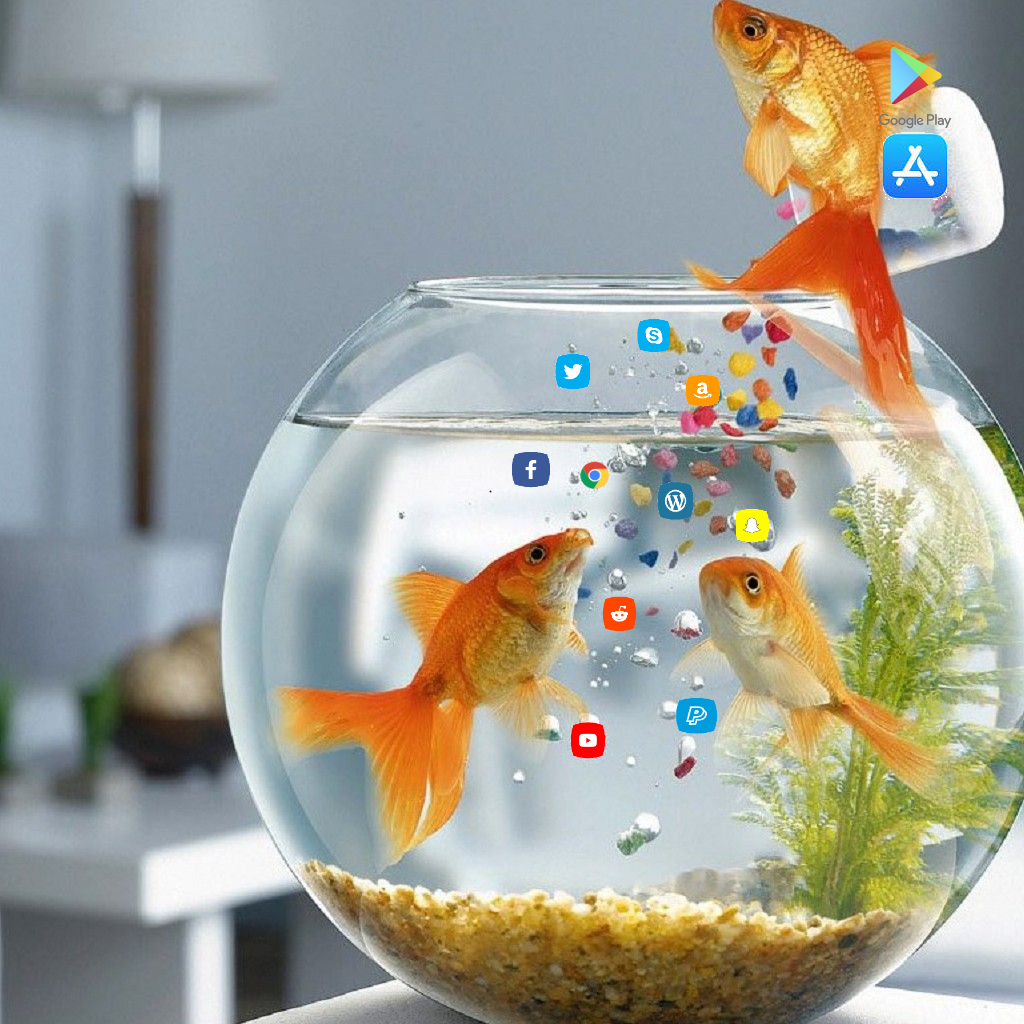For this week’s resource mining post, I dug deep to take a look at the “seedy underbelly” world of mobile apps. In 2009 Apple iPhone aired (yes as in TV) the commercial “there’s an app for that.” At the time, it indeed seemed there was an app “for almost everything.” With 500 apps available on the App Store on opening day, I was amazed at the number of apps that had been created. Today, we all know there isn’t always “an app for that,” and if there is, there are often dozens of similar apps that are mostly disappointing. Have you ever wondered if there was world beyond the app fishbowls of the App Store and Google Play? I have often wondered why I can’t download an app directly from the developer. Well, both Apple and Google frown on this for the apparent security and financial reasons, and frankly, it has never been that easy or safe. Well, that recently changed, oddly, in both directions, but I want to explain how it is done briefly.

According to Webopedia, sideloading means “installing and running applications on mobile devices that haven’t been authorized or approved by the device’s official app store.” Until this year, users of iOS devices had first to jailbreak their device to sideload applications. Android users had it easier, as they could simply check a box in settings to “Allow installation of non-Market applications.”
In March 2020, the process of sideloading changed when Google announced its Advanced Protection Program was being installed on all Android devices, thereby effectively blocking all app sideloading. The following month in April, the Altstore app released an update that allowed iOS users to sideload any app on to their iPhone or iPad without having to jailbreak their device. Altstore is changing the app ecosystem. No longer could Apple revoke unapproved apps on iSO devices. Altstore is likely only the first app maker that attempts to throw open the door to what Vox Media described as “illicit apps,” but if sideloading catches on I see great potential for indi-developers and app providers that cater to users living in regions where firewalls make official sources unavailable.
Here are some useful links that explain some of the pros and cons of sideloading.
Live Wire: What is Sideloading?
The Verge: This illicit iPhone app store has been hiding in plain sight
xdadevelopers: Google’s Advanced Protection program now blocks sideloading non-Play Store apps
OS mobile devices like the iPhone and iPad,
This is an interesting topic. Many people don’t even think about the fact that mobile phones are heavily corporatized – that is, they offer branded experiences and do not condone going off the beaten path. I have dabbled a bit in sideloading with Android (playing the full PC version of Morrowind on my phone is pretty phenomenal) and for a myriad of reasons I am a supporter of the sideloading movement. But Jaimie pointed something out here that I hadn’t considered, and it’s perhaps the most important use of sideloading – it allows users living in regions with various firewalls to still access any given app. There are entire countries (eg UK) with specific firewalls built around them, but that is small-time compared to where things might be headed. I think that in the next decade or two, this will become a much more talked about subject as we start to see multiple internets come online and further splinter up the online community. In such a world, some “illicit” apps might prove to be lifesaving.